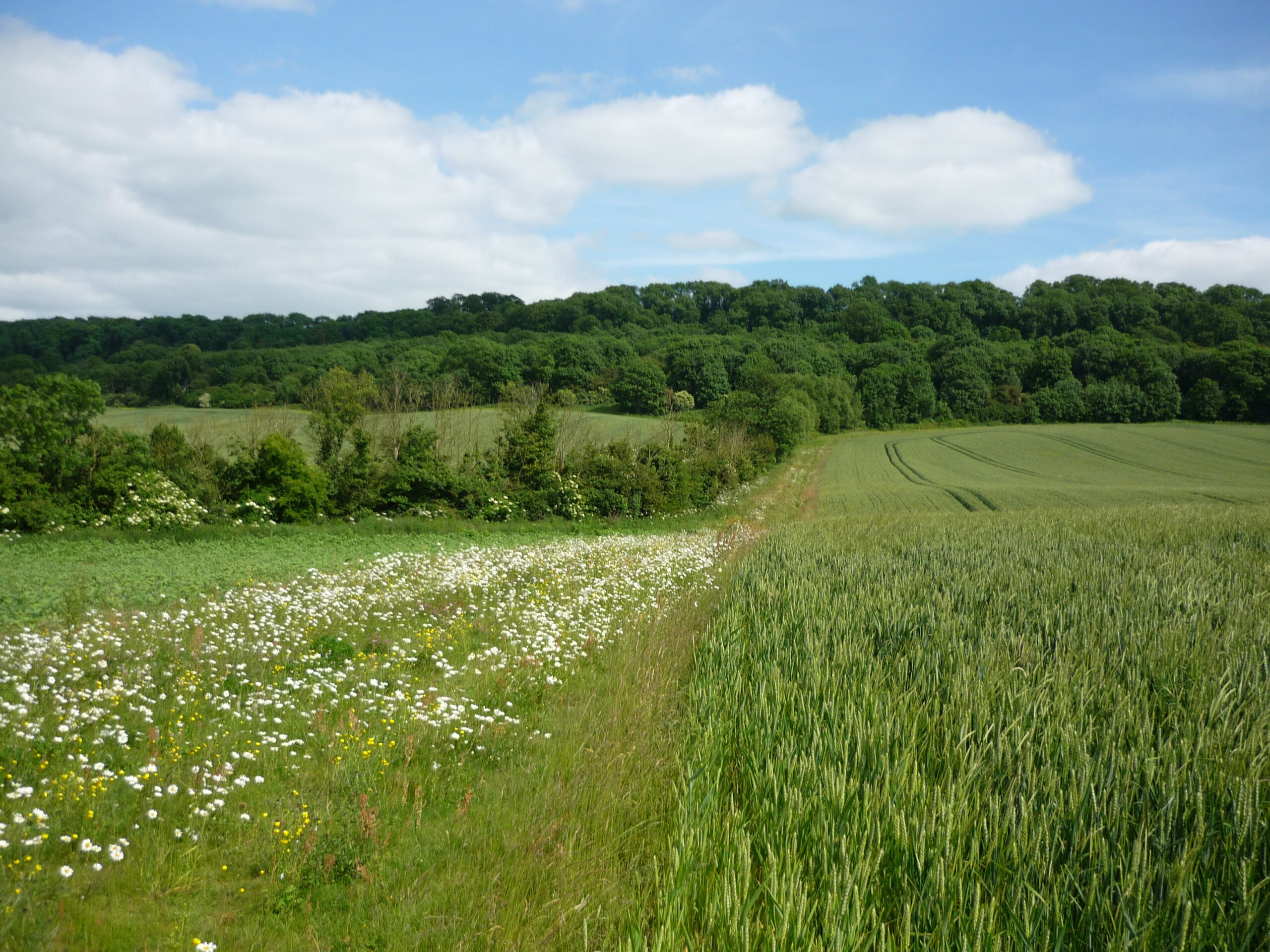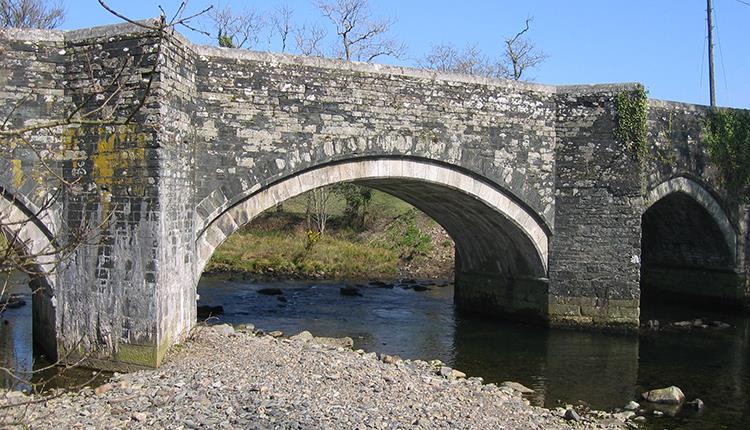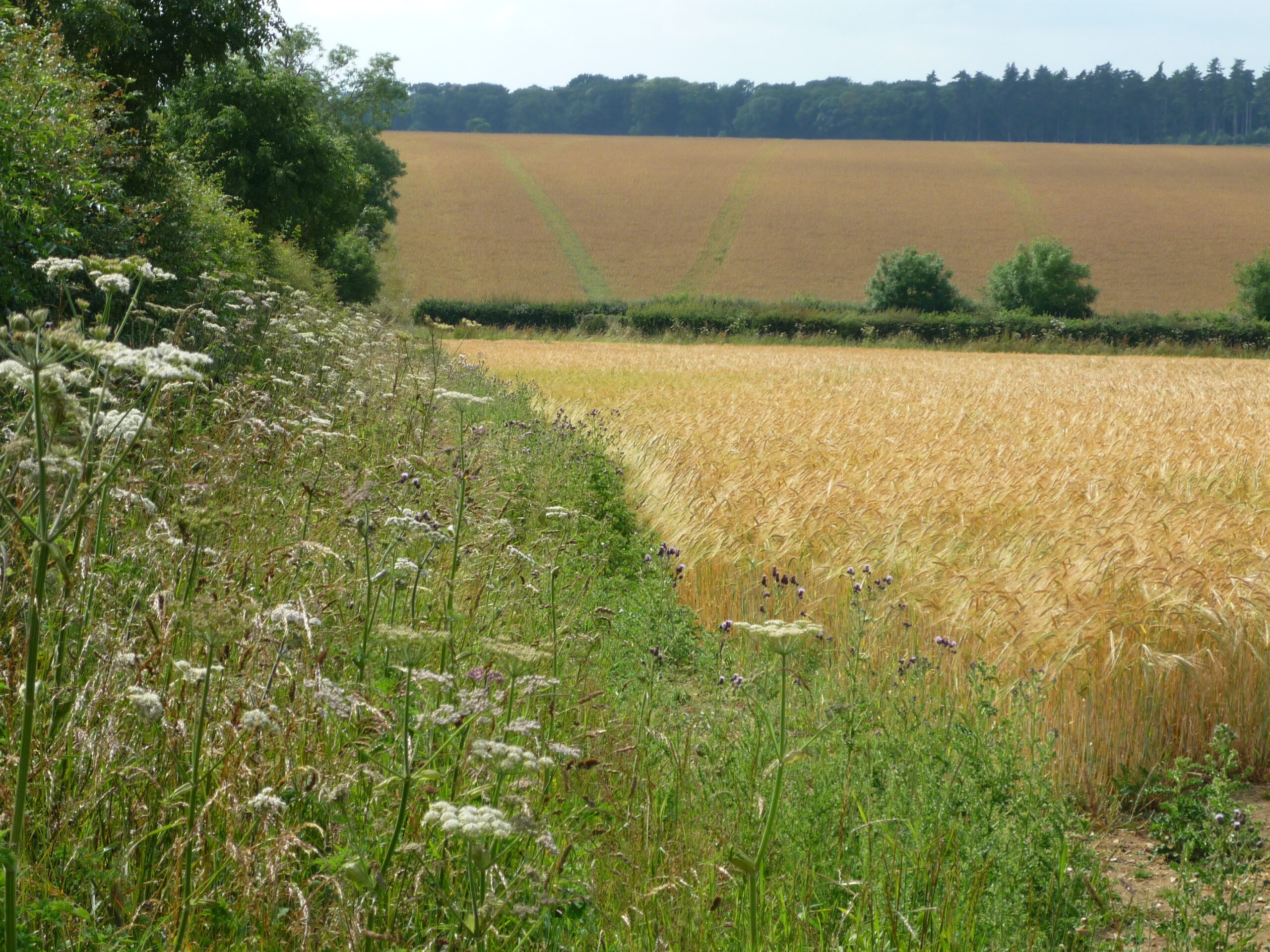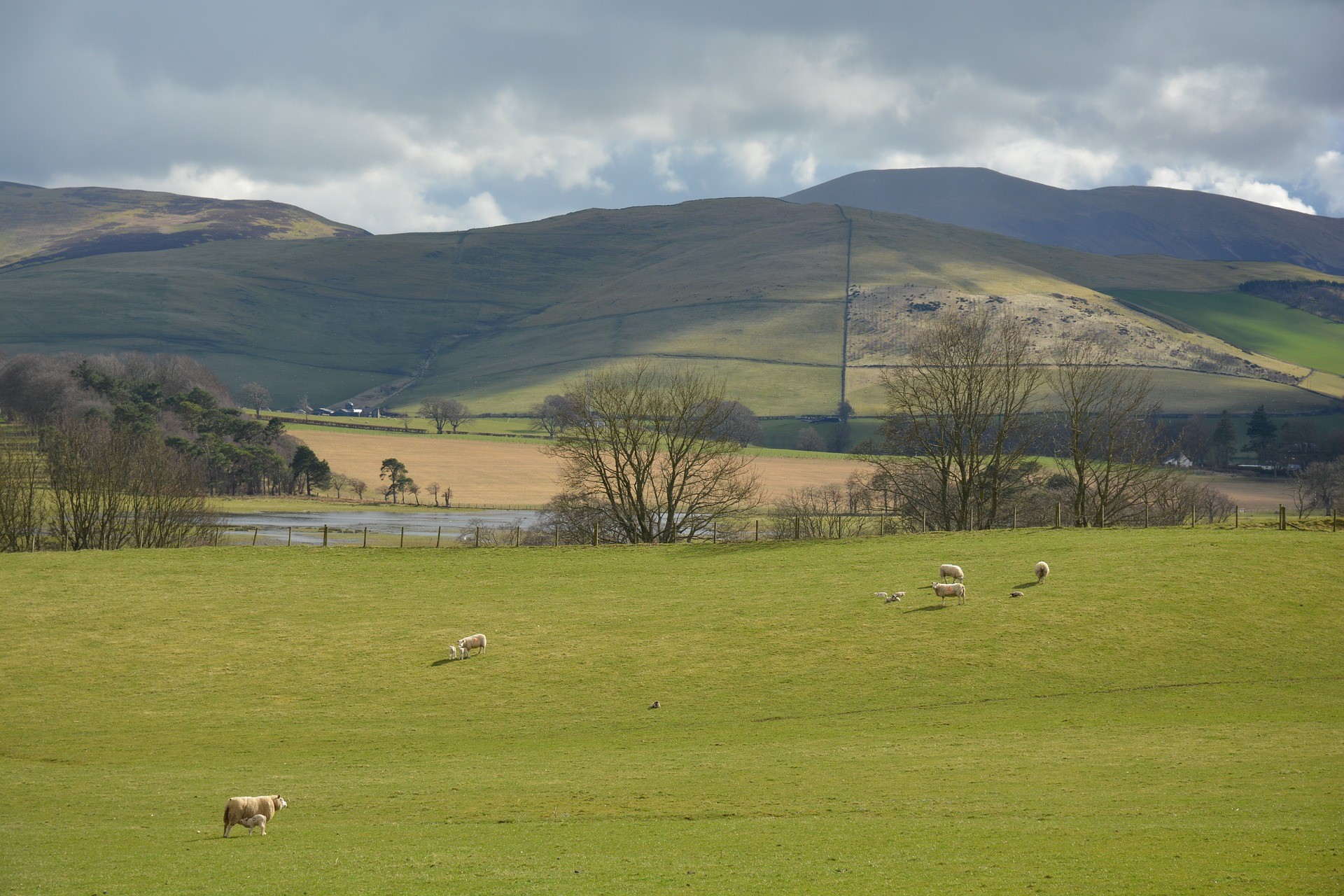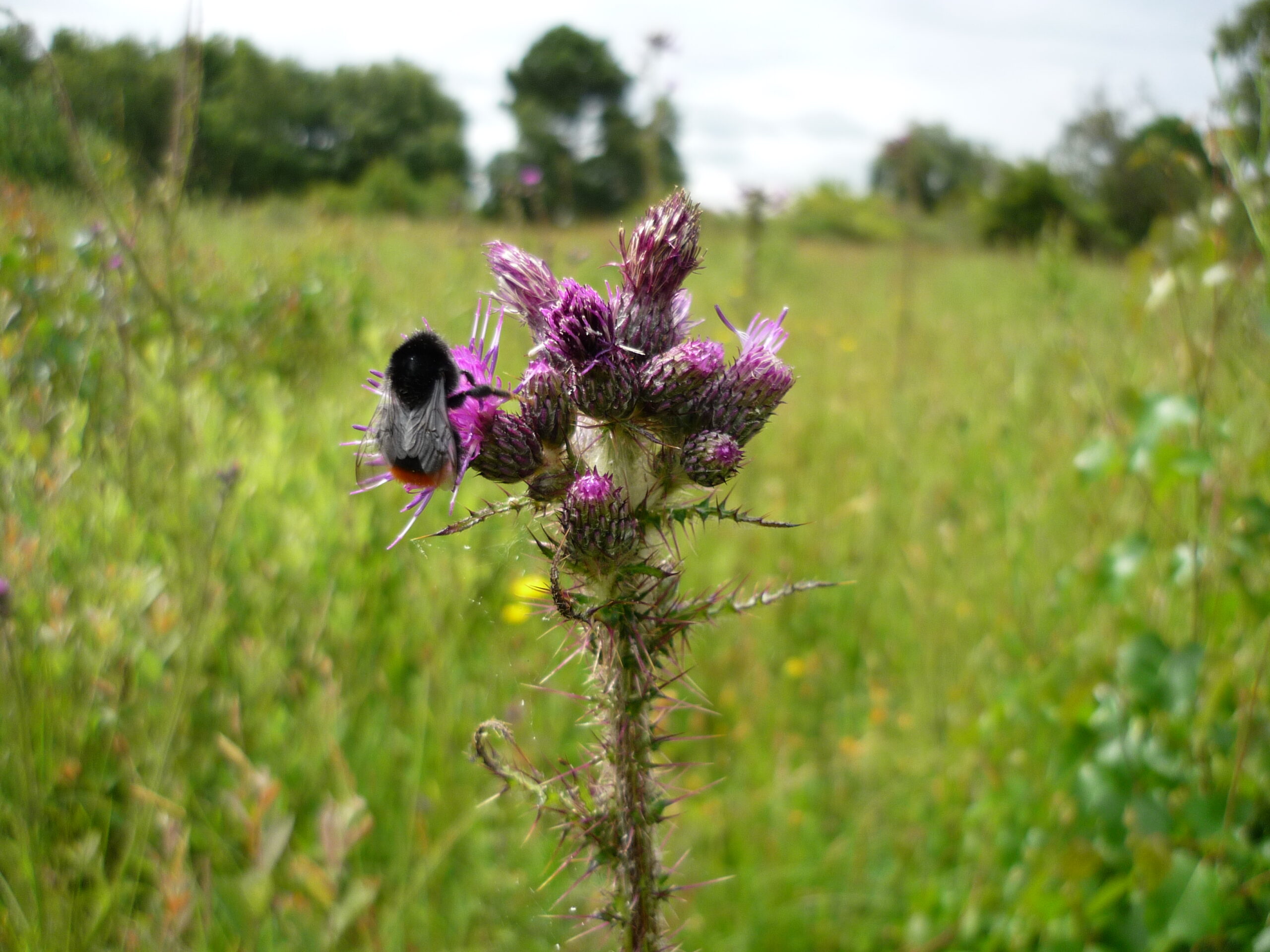The announcement from DEFRA Secretary, Michael Gove, that he intends to introduce capping of the Basic Payment from 2020 has prompted much discussion. As mentioned in previous articles, there is no detail available at present on thresholds and deductions. Details are expected in the DEFRA paper due in ‘the spring’, but a threshold of €100,000 for direct payments has been widely touted – a level that would impact a large number of commercial farming businesses in England. Whilst we are still in the realms of speculation, this article looks at some of the issues in a bit more detail.
The first point to make is that the plans to cap payments are still just a proposal. Many things could happen before 2020 – Mr Gove moving to another job, a different Government, or the upcoming consultation seeing the plans watered-down or found to be unworkable. However, should Mr Gove stay in post, he has a record of driving through policies on which he has made up his mind (ask a teacher . . .). There seems a reasonable chance therefore, that capping may well happen.
Reductions in BPS payments already happen under the CAP. ‘Degressivity’ removes 5% of support over a threshold of €150,000 (excluding Greening payments). It is optional for Member States to go further than this if they wish. The table below sets out the choices made by different countries. Up to this point, the English Government has not been interested in setting higher levels of deductions than the bare minimum.
| CAPPING UNDER THE CAP |
| Country |
Current Capping System |
| All other EU Member States not shown implement the minimum ‘degressivity’ deduction of 5% above €150,000 of BPS support (excluding Greening) |
| United Kingdom:
Scotland
Wales
Northern Ireland |
Cap at €600,000*
Degressivity reductions start at €150,000; full cap at €300,000
Cap at €150,000 |
| Ireland |
Cap at €150,000 |
| Poland |
Cap at €150,000 |
| Hungary |
Cap at €176,000 |
| Italy |
50% reduction over €150,000; full cap at €500,000 |
| Bulgaria |
Cap at €300,000 |
| Source: EU Commission * was planned for 2018 onwards but appears to have been shelved |
The obvious question being asked by many larger businesses is ‘is it worth splitting up to avoid any potential cap?’. In any such decision, the potential savings in terms of BPS receipts need to be set against the costs and hassle of making the split. Remember that direct payments now appear to have a limited life-span anyway, so any benefits may only last a few years.
Splitting a business is not just a case of getting another SBI and making a claim. It must be done in such a way to comply with the rules. DEFRA/RPA are likely to try and prevent businesses splitting where it is ‘artificial’ – i.e. only being done to avoid capping.
In the absence of anything else, it seems best to assume that any post-capping rules would be similar to the existing ‘separate business’ test under the current BPS. The key issue is ownership – the geographical position of land, how, and who farms it is fairly irrelevant. The main test is who is the beneficial owner of the farming (claiming) business. Effectively, it would be difficult (if not impossible) for two separate claims to be made if an owner (or owners) had majority ownership of both businesses. It is a tricky balance, because there are, of course, many legitimate reasons for re-organising and restructuring farm businesses. The rules will need to let the farming industry continue to evolve whilst trying to catch those attempting to ‘play’ the system.
The rules as they stand are set out in the following documents;
Separate Business Questionnaire (IACS 26) – https://www.gov.uk/government/uploads/system/uploads/attachment_data/file/607912/IACS26_2015_v3.0.pdf
Separate Business Guidance – https://www.gov.uk/government/uploads/system/uploads/attachment_data/file/607915/IACS_26_guidance_2015_v2.0_June_2015.pdf
In terms of base years and timings, the RPA may look more closely at business changes after a certain date – perhaps after the capping consultation is published, the date of Michael Gove’s speech, or some date in the future when the capping rules are actually fixed. But, in theory, any date shouldn’t make too much difference. After all, the rules on separate businesses apply at the moment, and something similar will still apply in the future.
The only issue is that the ‘seperateness’ test has not been particularly firmly enforced up to now (because nothing was riding on it). On the BPS application it is a requirement to tick a declaration at the end that states (amongst other things), that ‘I have told the RPA about all the farming business interests held by members of this business’. This has been fairly easy to ignore up until now – either wilfully or simply through ignorance. This may be an area where DEFRA and the RPA put greater focus in the future. Something like the previously-proposed ‘Accountable People’ rule may be implemented, where full details of all the individuals who have an ownership share in a business need to be disclosed.
This means that, in our opinion, if a business split is going to be robust in the face of investigations, there does need to be a separation of ultimate ownership. This will not be easily achievable or perhaps even desirable in every case.
